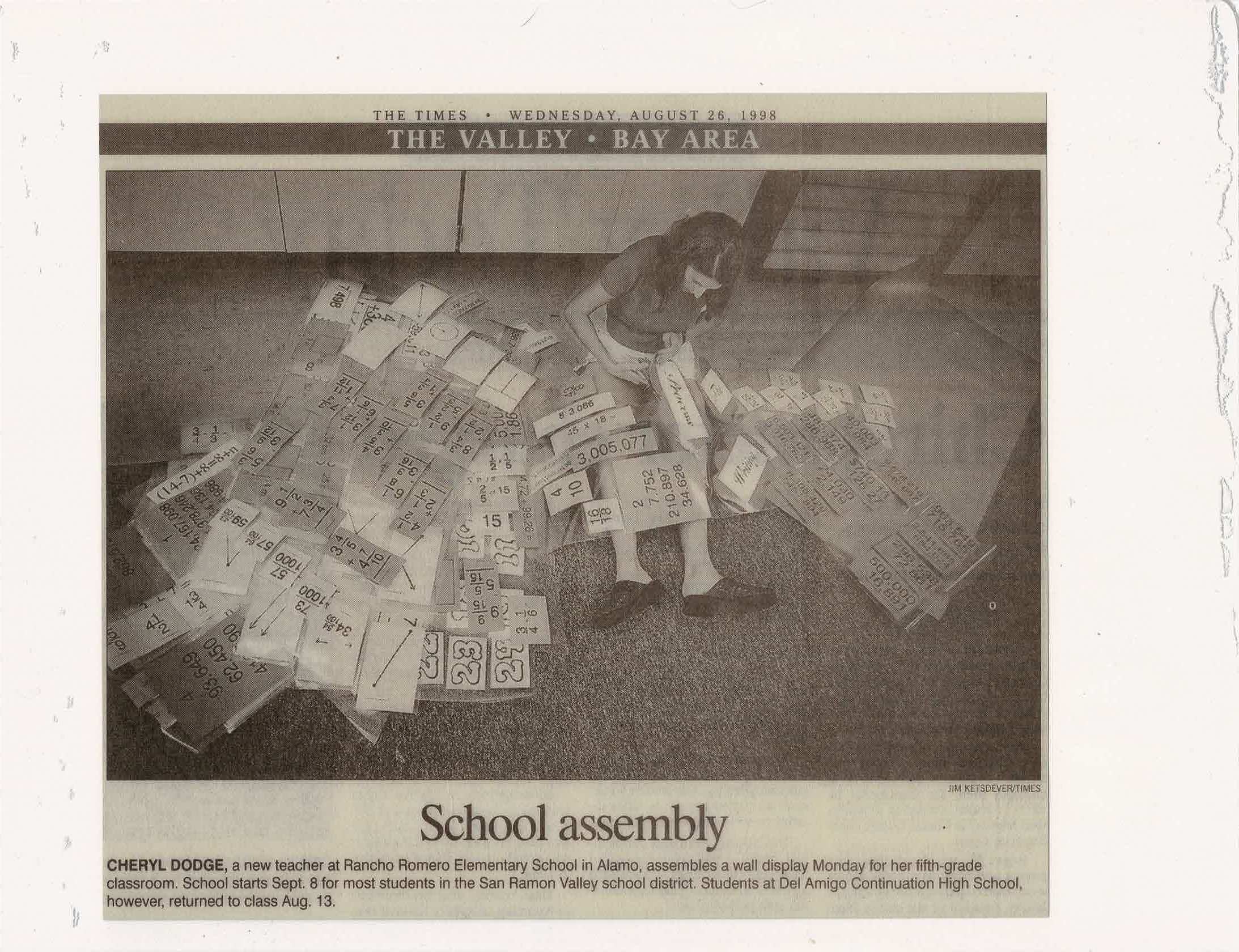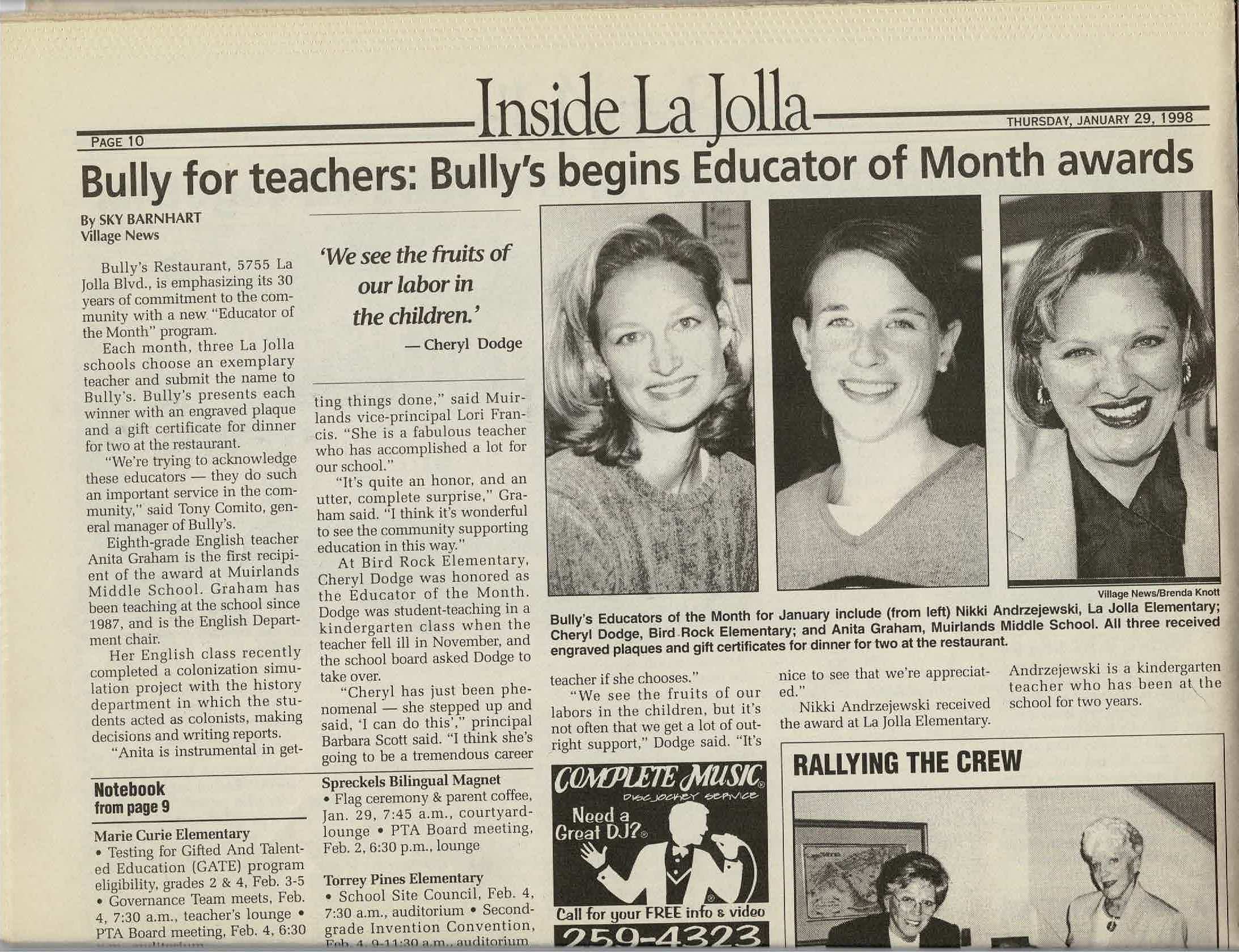How I Became an Accidental School Choice Advocate
When I started my career in education, I became an accidental school choice advocate. I never intentionally meant to be one; it just happened. But looking back, I recall a few moments throughout my career and my personal life that led me down this path. As I reflect on these snapshots, I hope they inspire others to consider the potential that school choice offers and why it's an essential aspect of education.
School Choice Experiences Over the Years
The first formative experience I had around school choice took place while I was working on my multiple subject teaching credential and master’s degree. During this time, I got my first teaching job at a private school. The school offered 1:1 instruction to students in a non-traditional school setting – an office building. I taught middle and high school algebra and Spanish to all kinds of students: athletes, gifted, neurodivergent students, students with learning challenges, and students for whom the traditional school setting just didn’t work.
The next memory that stands out to me happened during my teaching gig as a civilian mathematics instructor to Marine Corps and Navy personnel through the Military Academic Skills Program (MASP) which aims to help enlisted personnel be better prepared to perform their missions.
I was based out of the Marine Corps Recruit Depot in San Diego, California with a group of students, but I also had students at four other bases across three states. It was my first experience with education technology (and teaching adult learners!); we had cameras in each classroom that picked up student movement and audio, and shifted to focus on them as they participated. Students watched me teach from a traditional dry-erase board, and I also had an overhead projector that was displayed on TVs in each location. This distance learning program was rudimentary but made me realize there was an opportunity to connect learners, regardless of geography, and give them access to services they otherwise wouldn’t have in their location.
After these first few teaching experiences, I moved on to a public school setting where I spent several years teaching various elementary grade levels. While I loved being a teacher and having a connection with students and their families, not all my students were served well in my large classrooms (sometimes with up to 34 students in one room). One year, I had a small group of students I worked with after school three days a week to preview lessons with them so they could have more time with the content. Another year, I had a fifth-grade class with students working at the second-grade level all the way up to 11th grade. It was a challenge for me to adjust my lesson plans to accommodate nine grade levels!


Later, when I became a mom I was presented with the same dilemma that all parents face – what to do about my own son’s education. He was a voracious learner and extrovert who loved to talk, but struggled with making transitions or handling change. When my son was close to the age when children typically go to preschool, my husband and I had long talks about what would be the right fit for him. We decided on a Waldorf-inspired preschool that didn’t teach traditional academics and didn’t have a regimented schedule. It was an outdoor preschool, where rain or shine, kids were playing in nature. They sang songs, learned handicrafts, played with animals, and developed social skills and manners. At one point, I questioned our decision and asked my son, “Do you want to go to a preschool where they teach you letters and numbers?” He responded, “No, Momma, I go to Mommy school for that.” We were affirmed with our choice when the day before his 5th birthday he picked up a book, and started to read! All of the read alouds, phonemic awareness, and phonics games we played at home had indeed done their job.
During the pandemic, while many students struggled, my son thrived. He is an efficient learner, so doing his high school work asynchronously online was a great fit for him. He completed his course tasks in 2-3 hours, leaving the rest of the day open for him to go to pole vaulting training with his club team. He had passion and purpose, and a learning environment that best supported his interests. Now, as a college student, he chooses to take a mix of face-to-face and online courses, which gives him flexibility to decide what his day looks like and how he best learns.
Remaining Focused on the Student Experience
I have focused my entire career on the student experience. Whether it was developing software that bridged school to home, physical texts that children hold in their hands, or online adaptive practice to shore up skills, I have been creating choices for students for the last three decades.
I’m grateful for the journey I’ve had, as it has given me a unique perspective. As a former teacher who has had the pleasure of working in traditional and non-traditional ways, it helps me understand and support parents who are embarking on their own journey of finding the right learning environment for their children.
A parent’s responsibility to decide what learning environment best suits their child likely will be fraught with emotion and even pressure from society and family members. But I have first-hand experience that having a choice is fundamental and necessary to the success of the whole child. And for that I am now purposely, intentionally, a school choice advocate.
